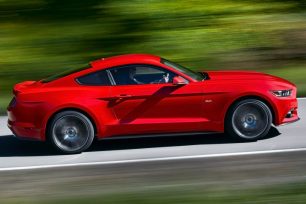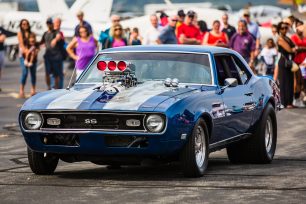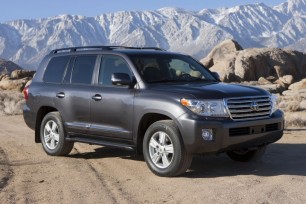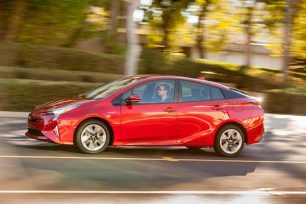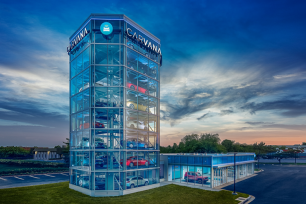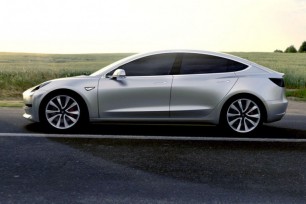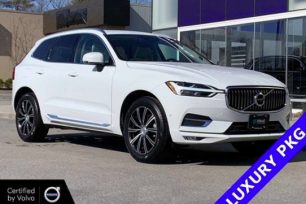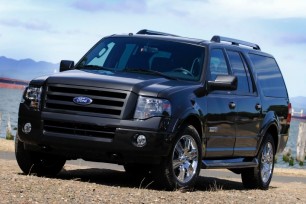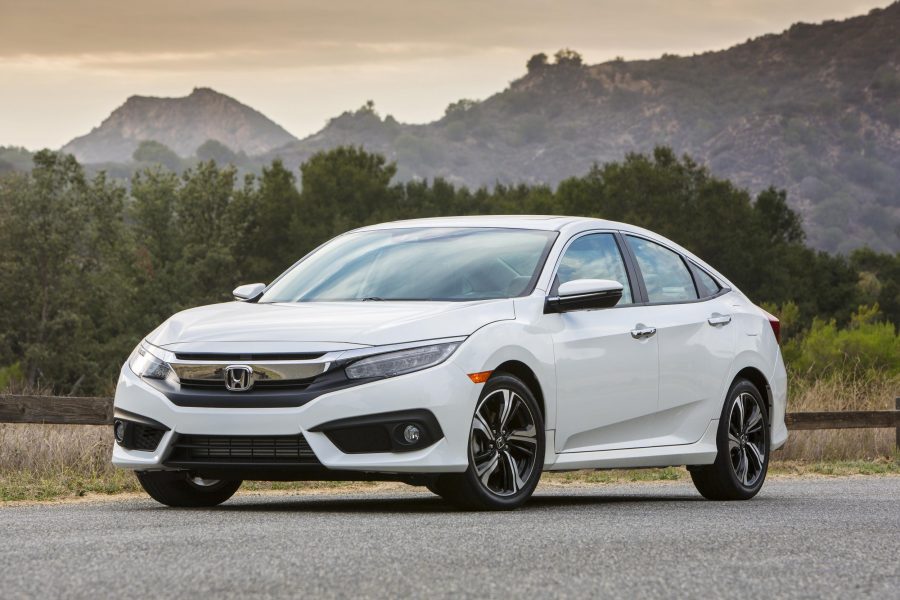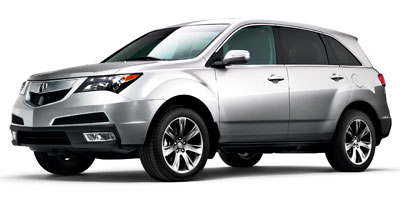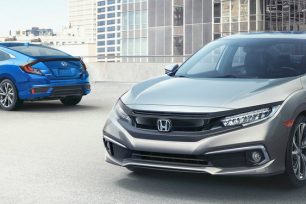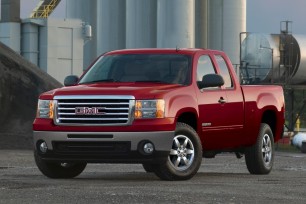The term “Muscle Car” is not clearly defined, but there are common traits a car must possess to earn muscle car status. Every car enthusiast would agree a muscle car is always a high-performance vehicle with a powerful engine. And most would agree a true muscle car is an American car with at least a 300 cubic-inch V8 delivering impressive acceleration and quarter-mile performance, either between stop lights on a public road or at a drag strip.
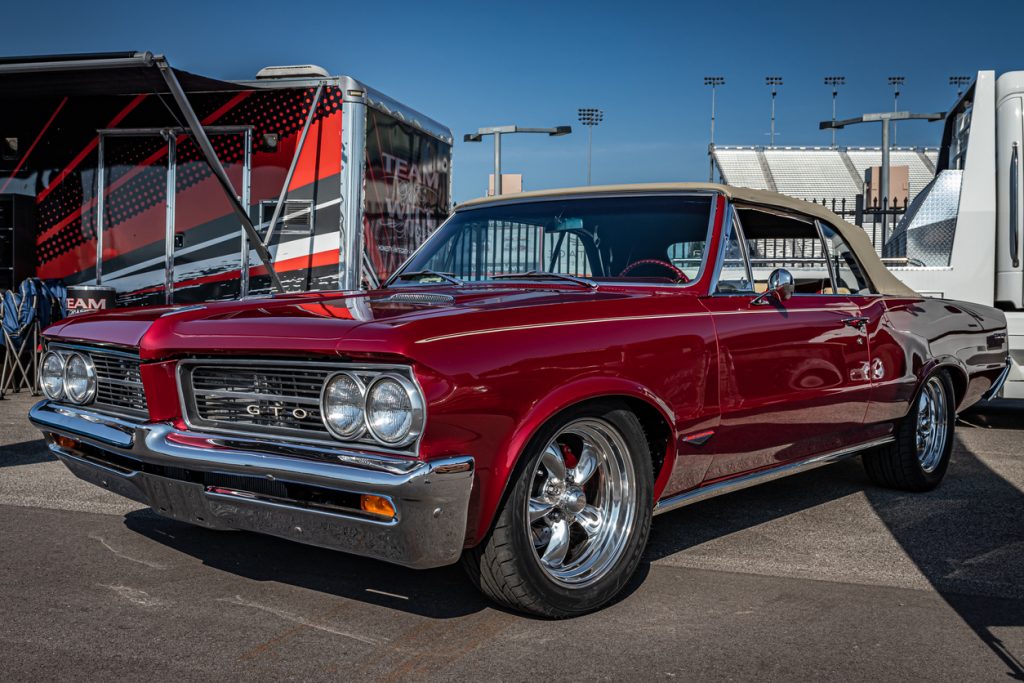
The term “muscle car” was coined during the original muscle car era, which is generally defined as 1964 through 1974. The first muscle car to define the term was the 1964 Pontiac GTO, a midsize, two-door coupe that Pontiac equipped with a large 389 cubic inch V8 normally reserved for its full-size models. This became a core component of what defined a muscle car: a midsize or smaller model with a large (or “big block”) V8 engine.
The result was what you might expect – faster straight-line acceleration – and Pontiac is generally credited as the first car company to combine this tactic with a specific, performance-oriented marketing campaign built around the 1964 GTO’s enhanced performance. While the 1949 Oldsmobile Rocket 88 and the1955 Chrysler 300 also combined a relatively lightweight midsize body with a powerful V8 engine, it was the Pontiac GTO that kicked off a horsepower war between Detroit automakers, resulting in the original 1964-1974 muscle car era.
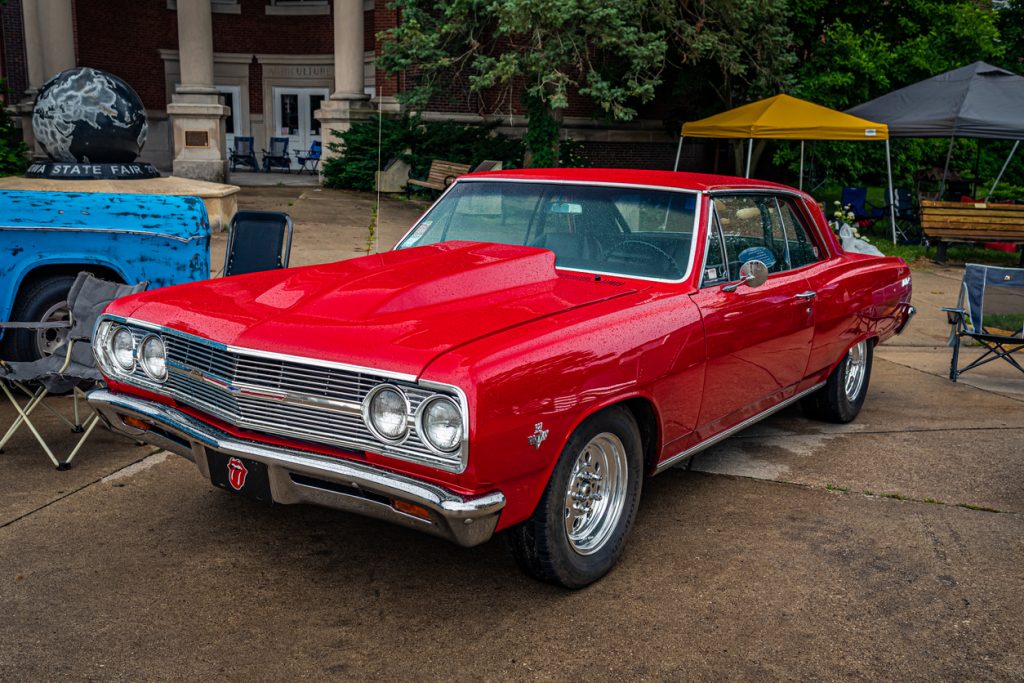 A long list of iconic muscle cars were launched during this period. They range from the Buick GS to the Chevrolet Chevelle SS to the Dodge Charger R/T. While they all had their own personalities, every one of them shared the following characteristics:
A long list of iconic muscle cars were launched during this period. They range from the Buick GS to the Chevrolet Chevelle SS to the Dodge Charger R/T. While they all had their own personalities, every one of them shared the following characteristics:
Classic Muscle Car Traits:
- V8 Engine making at least 300 horsepower
- Rear-wheel drive
- Two-door body
- “Midsize” or smaller chassis
- American Made
- Produced from 1964 and 1974
Are Pony Cars Muscle Cars?
All the previous models were midsize cars, but a smaller set of performance-oriented American cars, called “Pony Cars”, also qualify as muscle cars. This group started with the 1964 Ford Mustang GT and was quickly followed by the AMC Javelin SST, Chevrolet Camaro Z28, Dodge Challenger R/T, Mercury Cougar, XR7, Plymouth Barracuda Formula S (later called ‘Cuda), and Pontiac Firebird Trans Am. The Barracuda actually beat the Mustang to showrooms by a few months, but it was the Mustang that generated headlines, sold in the hundreds of thousands, and launched the pony car segment.These pony cars still followed the core muscle car philosophy – powerful V8 engine, rear-wheel drive, two-door body, midsize or smaller chassis. So yes, the original pony cars were also muscle cars.
What About the Corvette and Cobra? Are They Muscle Cars?
It’s true that another set of American performance cars existed during the original muscle car era, represented by the Chevrolet Corvette and Shelby Cobra. But unlike pony cars, these were two-seat models with even smaller, lighter bodies. Because of their focus on handling, instead of straight-line acceleration, along with their two-seat passenger capacity, the Corvette and Cobra are considered sports cars, not muscle cars, despite their V8 engines, rear-wheel drive, two-door body styles, and American nameplates.Are There Any Modern Muscle Cars?
The original muscle car era came to an end in 1974 when government regulations for emissions and fuel economy made them obsolete. The technology needed to produce high horsepower V8s while controlling emissions and earning even modest fuel economy didn’t exist in 1974. However, by the mid 1980s engine technology, with the benefit of fuel injection and catalytic converters, again made powerful V8 engines a viable feature in American performance cars. Better still, with their more aerodynamic bodies and modern transmission and drivetrain upgrades even fuel efficiency was much improved in these performance cars.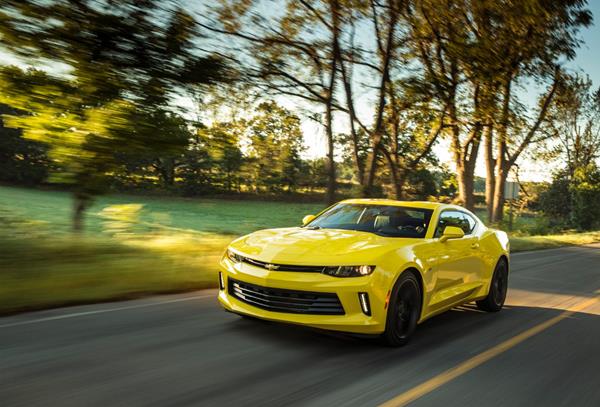
This resulted in a renaissance for American muscle cars, with models like the Chevrolet Camaro Z28 and IROC, Ford Mustang GT, and Pontiac Firebird Trans Am and Formula 350 outperforming their earlier counterparts from the original muscle car era. This trend has continued to the present day, with modern day Challenger Hellcats, Camaro ZL1s and Shelby Mustang GT500s offering supercar-like horsepower figures and acceleration numbers the original muscle cars could only dream about.
Most enthusiasts extend today’s muscle car definition beyond two-door coupes, and models like the modern four-door Dodge Charger Daytona support that thinking. The same can be said of the Dodge Magnum SRT-8 hot rod station wagon that existed from 2005 to 2008, along with the Chevrolet SS sedan and Cadillac CTS-V sedan and wagon. While they break the two-door rule, all of these models have powerful V8 engines, rear-wheel- (or all-wheel-) drive, midsize chassis, and American nameplates.
How Far Does the “Muscle Car” Term Stretch?
Some would argue the Jeep Grand Cherokee Trackhawk and Dodge Durango SRT are “muscle cars” because they have the same powerful V8 engine found in the Dodge Challenger Hellcat. Others would make the same case for the Ford F-150 Raptor R and Ram 1500 TRX, two full-size trucks powered by traditional muscle car engines. If you want to say these are trucks and SUVs with the heart of a muscle car that’s fine, but calling them muscle cars feels like a stretch.Non-American Muscle Cars?
Can non-American cars with big V8s and rear-wheel drive be muscle cars? Mercedes-Benz has several turbo V8-powered performance cars wearing “AMG” badges. So does BMW with their “M” cars and Audi with their “RS” cars. Even Lexus has a V8-powered coupe and sedan – the RC F and IS 500 F Sport. Not to mention the many V8-powered European wagons and SUVs.Are all of these vehicles muscle cars? Plenty of people would argue “yes” but purists would argue “no” for the same reason the F-150 Raptor isn’t a muscle car. These are high-end luxury cars (or wagons, or SUVs) from Europe that share a lot of traits with American muscle cars, but muscle cars (or muscle “vehicles” in the case of SUVs) by their nature are both American and cars. Thus, these V8-powered, rear-wheel- (or all-wheel-) drive European vehicles are not muscle cars.



